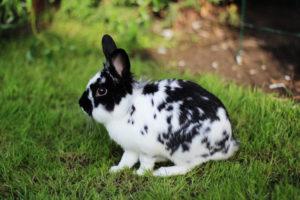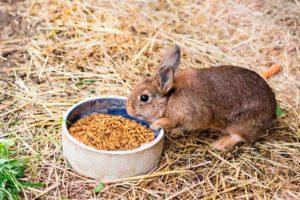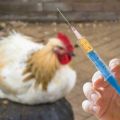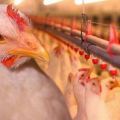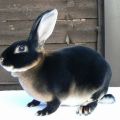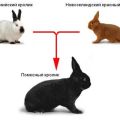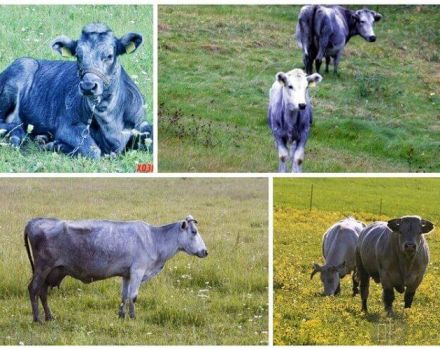TOP 10 best breeds of rabbits for breeding for meat at home
Rabbits of the best meat breeds have repeatedly saved people from hunger and winter frosts. Rabbit meat is superior in quality to pork and even beef. No wonder rabbit meat invariably tops the list of healthy, dietary products. Experienced farmers are confident in the profitability of the enterprise, because the breeding of eared giants does not require huge costs.
Pros and cons
Enterprising residents of rural areas are not afraid of financial difficulties. In troubled times, you can breed rabbits for meat at home. Animal husbandry is a good idea, but we must not forget about the intricacies of keeping and breeding meat animals, because this business has its own advantages and disadvantages. Positive aspects of breeding:
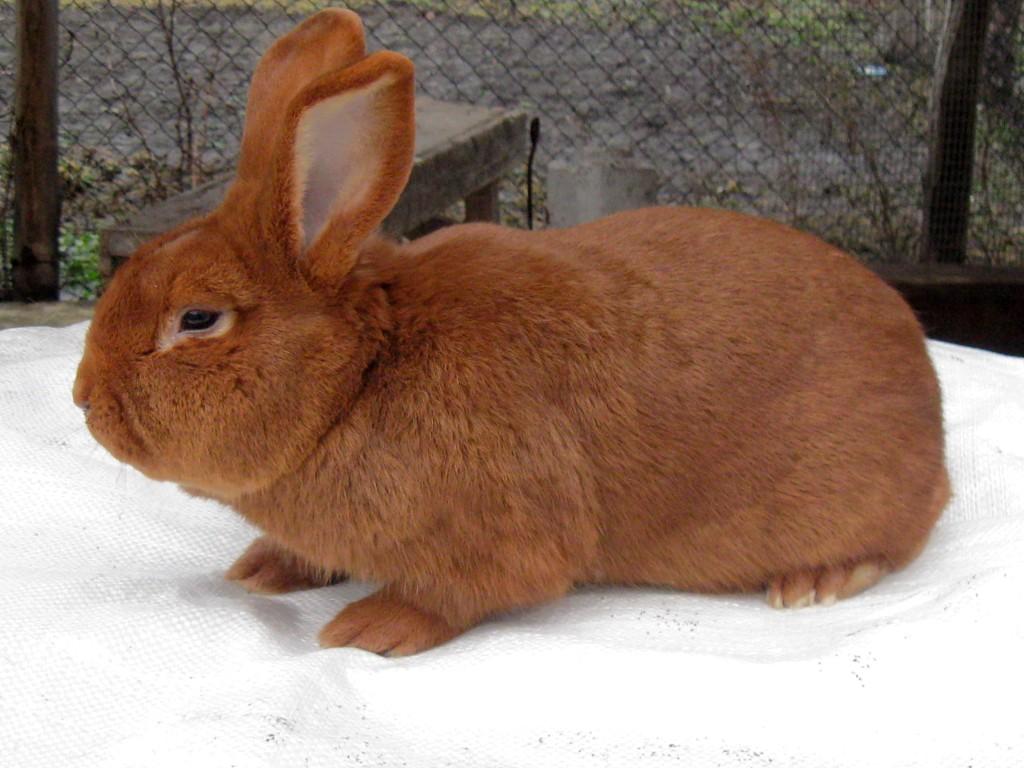
- Eared beauties impress with their size. The average weight of a well-fed animal is 5 kg, and representatives of some breeds easily reach 12 kg. The appearance of the giants is the best proof of the profitability of the farm.
- Rabbits of meat breeds are growing rapidly. The life path of these animals is short, because only 4 months pass from the moment of birth to slaughter. This feature allows you to get meat of excellent quality. Experts know how the taste of meat deteriorates in older individuals. In addition, due to the early maturity of pets, the owners can reduce the cost of purchasing feed.
- Already by the age of 5 months, the rabbit is ready to reproduce the genus. Each time, the female brings the owner up to 12 rabbits. Thus, the population of eared pets is steadily increasing.
- Thanks to the thick coat, animals feel great in all weather conditions. They can be kept in outdoor cages, aviaries or pits.
- Breeding rabbits for meat is within the power of even a beginner. The new farmer will not have to sign up for training courses.
- Despite the impressive appearance, the animals are distinguished by a good-natured character.
- Most of the handsome broilers boast good immunity. They can easily tolerate moving and easily adapt to any conditions of detention.
Disadvantages of breeding:
- Pets need to provide a spacious home. The lack of movement and the heaviness of their own weight have a detrimental effect on the health of animals. Deformation of the internal organs and limbs of rabbits can result in infertility.
- The quality of animal meat directly depends on a properly formulated diet. The purchase of ingredients for the feed mixture will not be cheap.
Popular breeds of meat rabbits
Some famous breeds of broiler rabbits appeared due to the whim of nature, others are the result of painstaking work of breeders.Representatives of beef breeds are united by the ability to grow rapidly and gain intensive weight. On average, a broiler rabbit gains from 5 to 8.5 kg. The rate of increase in the weight of the animal is about 50 g per day. Each breed of meat animals has its own unique characteristics.
Strokach
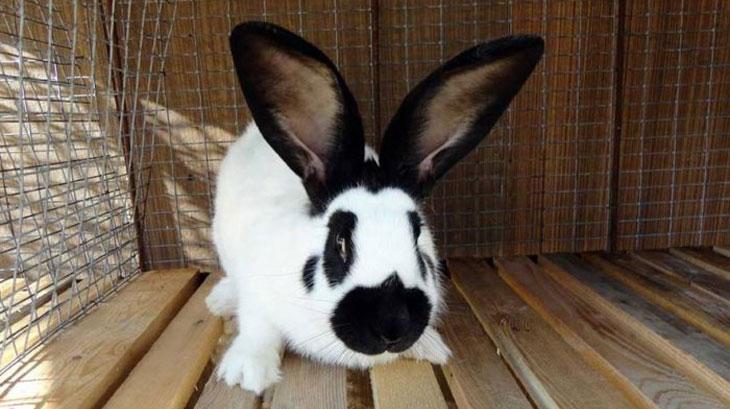
Farmers often refer to giant rabbits as the German speckled giant. The stowachi owe their remarkable qualities to their ancestors - the Flanders. From them the eared descendants received a dense, fleshy body and strong paws. The head is of medium size and rests on a powerful short neck.
The length of the ears reaches 15 cm. The gray fur coat of the pet is colored unevenly, so the name "motley giant" is very suitable for a rabbit. Occasionally there are handsome men of blue and black colors.
The animal grows and develops rapidly. By the age of 5 months, the pet easily reaches 4.5-5 kg. The recommended age for slaughter is 8 months. Stroke rabbits are convenient for breeding, but often suffer from spinal problems. As a rule, the reason lies in a deficiency of vitamin D. The problem is solved by adding sprouted grains and bran to the pet's diet.
White pannon
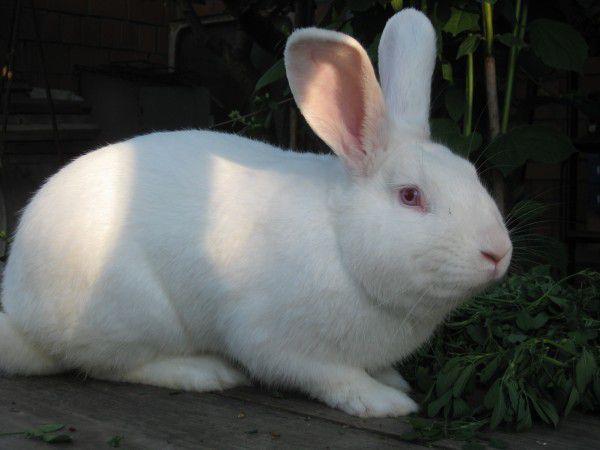
Attractive albinos are renowned for their strength and endurance. The muscular body is distinguished by an elongated shape, the muscles are clearly visible under the thin skin. Powerful long legs and a thick short neck speak of the rabbit's remarkable strength. The large head is adorned with thick, erect ears. A fluffy snow-white coat and red eyes are the distinctive features of the breed. Broilers are large animals. The weight of each individual reaches 5 kg. Pannons are distinguished by rare fertility, each time the rabbit brings up to 9 babies.
Flanders
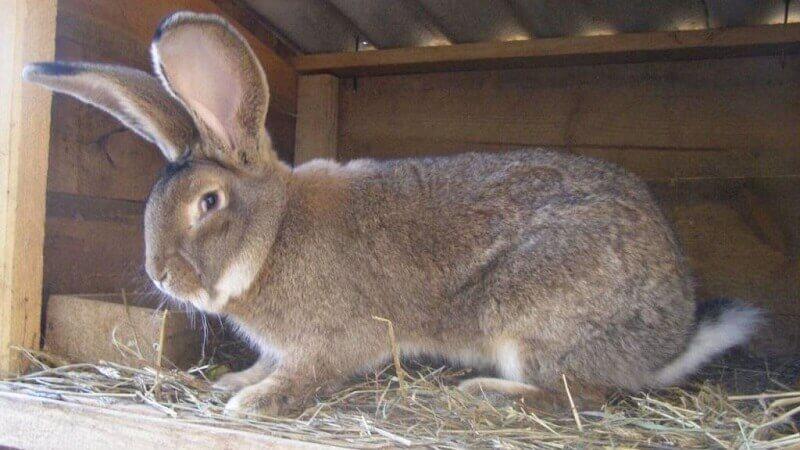
The second name of the breed is the Belgian giant. The breed was bred a century and a half ago. Flandres are called the progenitors of many meat breeds. The calm and benevolent disposition of handsome men allows them to peacefully coexist with their furry brethren. Delicious food and a spacious clean cage are all you need for the full development of your pet. Compared to other species, flanders mature slowly. The optimum age for slaughtering a rabbit is 9 months.
Of the numerous family of meat animals, flanders are the largest rabbits. The weight of each individual often reaches 12 kg. A large head, well-defined cheeks, powerful paws, an arched back - this is a portrait of a good-natured giant.
The gray skin of flanders is not particularly beautiful, so rabbits are more often used as a source of meat. Belgian giants are famous for their excellent appetite. Gluttons eat a lot of feed, so keeping flanders is difficult to call a profitable occupation.
California

The secret to the popularity of Californians lies in the amazing ability of animals to grow rapidly. By the age of 4-5 months, the rabbits reach 5.5 kg of live weight and are ready for slaughter. Broilers are valued for the excellent quality of their skins and meat.
The cylindrical body, thick short neck and large head give the pet an impressive appearance. The dense snow-white coat of the Californian is decorated with brown markings. Rabbits' paws are protected by dense hair, so the animals are not afraid of the mesh floor of the cage. Rabbits are fertile, each okrol brings the owner from 8 to 10 cubs.
Gray giant
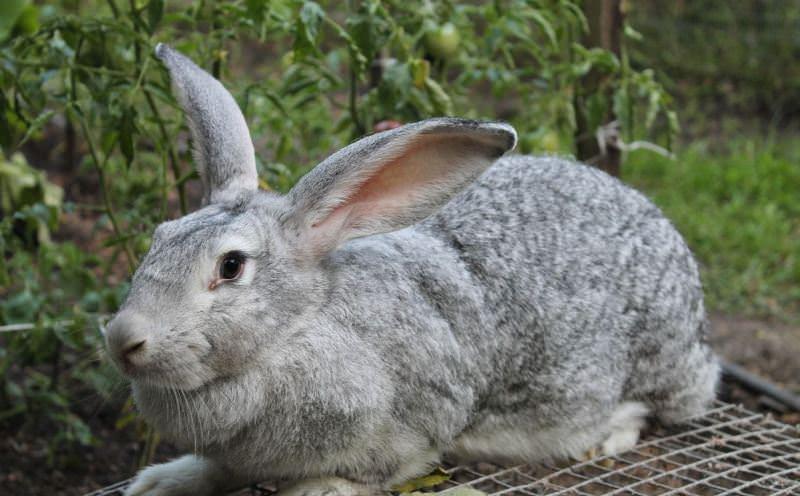
The rabbit is a meat type animal with rapid weight gain. High productivity, unpretentiousness and endurance are the main features of the giant. In length, the animal reaches 55-60 cm. The muscular, heavy body and massive head give the appearance of a giant monumentality.
The girth of the pet's chest is 37-39 cm. The rabbit quickly gains weight, by the age of 5 months it easily reaches 5.5-6 kg. Farmers value giant skins because of their large size. Due to the unpretentiousness of the animal, breeding gray giants is up to even beginners.
White giant
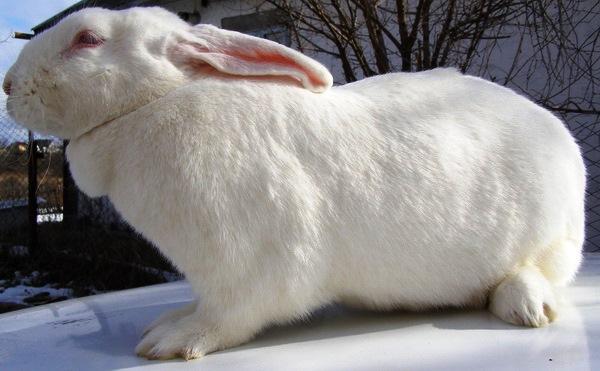
Large albinos impress with the beauty of a snow-white fur coat and a powerful physique. Giants cannot be called early ripening, they reach full maturity only by the age of 6-7 months. The weight of an adult animal is 5-5.5 kg.
The chunky body of the pet is organically combined with a strong neck. The large head is decorated with straight ears. Red eyes and white skin without a single mark are the hallmarks of the famous breed. Breeding white giants brings guaranteed profits, since animals serve as suppliers of large quantities of dietary meat and valuable fur.
Soviet chinchilla
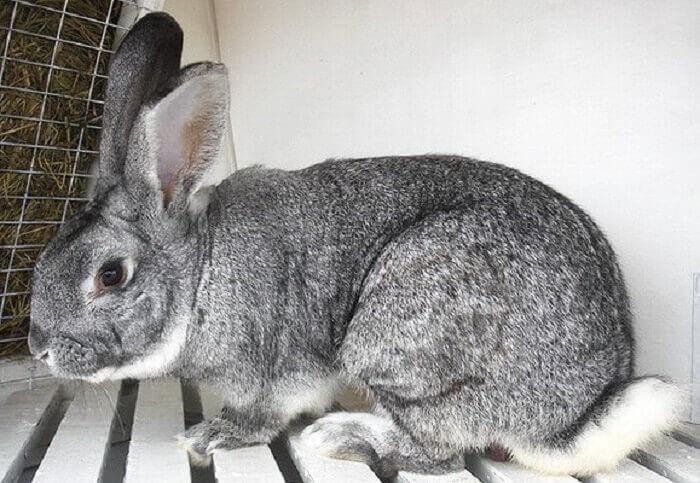
Unusual cold-resistant rabbits are successfully bred even in the harsh conditions of Siberia. Chinchilla is a rapidly growing, unpretentious animal. The rabbit is often confused with a representative of the gray giant breed, but the Soviet chinchilla is much larger than its competitors in size and weight.
The animal is distinguished by a large physique, the volume of the pet's chest reaches 42 cm. The back of the giant is curved in the form of an arch, the legs are straight, strong. The chinchilla is distinguished by its wool of an unusual structure and a beautiful silver-bluish color. By the age of 6 months, the rabbit is gaining 4.5 kg. Females are very fertile, each litter brings 8-10 rabbits to the owners.
New Zealand red

This chubby dandy is famous for thick red skin and unpretentiousness. Distinctive features of the breed: strong muscular body, broad chest, small head topped with erect ears, and red eyes. Thanks to the woolly paws, the pet feels good in a cage with a mesh floor. New Zealanders are rapidly gaining weight; by the age of 5 months, pets can easily reach 4.5 kg.
Burgundy
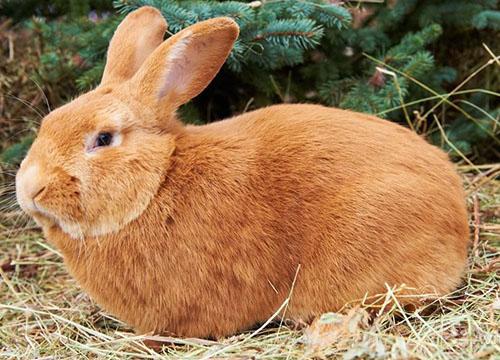
Red-haired beauties are distinguished by rare resistance to diseases. The strong, muscular body of the animal is rounded. Small paws and neat head blend well with the pet's torso. The dense, dense fur of the Burgundian is highly appreciated by specialists. The average weight of an adult rabbit is 4-4.5 kg. For 1 year, the female brings from 25 to 28 rabbits.
How to choose?
When choosing a breed for breeding, you must take into account some of the nuances:
- the ability of rabbits to live in given climatic conditions;
- ripening terms;
- fertility;
- exactingness to the quality of feed and living conditions;
- productivity.
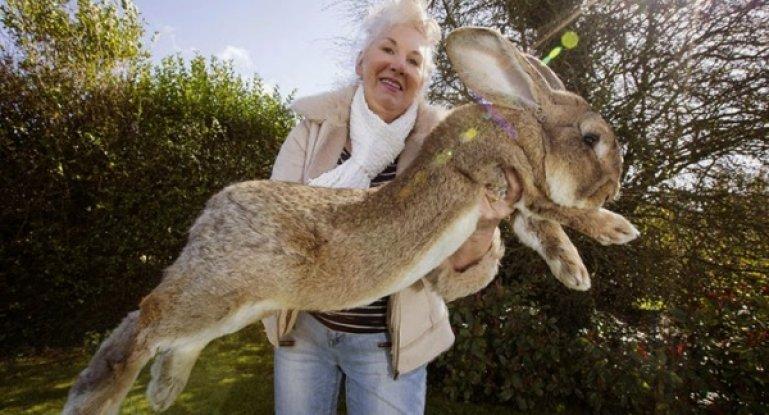
For breeding in a small farm, white giant rabbits, flanders and gray giant rabbits are perfect. For an extensive economy, representatives of the Californian breed and New Zealanders are ideal.
Content Tips
Animals are kept in large cages, aviaries and even pits. The pet housing is installed so that broilers are not exposed to direct sunlight. The largest individuals require more space. The floor in the cage is covered with boards. Otherwise, the giants run the risk of injury or illness. The pet apartments are cleaned regularly.
The daily diet of pets consists of 700 g of fresh grass, 80 g of grain mixture (or mixed feed), 200 g of hay, 200 g of vegetables or fruits. As a useful treat, rabbits are given twigs of fruit trees.
Features of crossing
To obtain healthy, productive offspring, the best individuals are selected.Each rabbit must have distinct breed characteristics. Before mating, the animals are carefully examined, paying attention to the condition of the hair and eyes. The fertility of the female is of great importance. According to the observations of experts, the best results are shown by rabbits from spring litter.
Diseases and treatment of meat rabbits
Eared giants are trapped by diseases such as listeriosis, coccidiosis or myxomatosis. In addition, animals often fall prey to poisoning or pneumonia. As a rule, troubles arise as a result of poor pet care. If animals show signs of malaise, you should urgently call a veterinarian.
